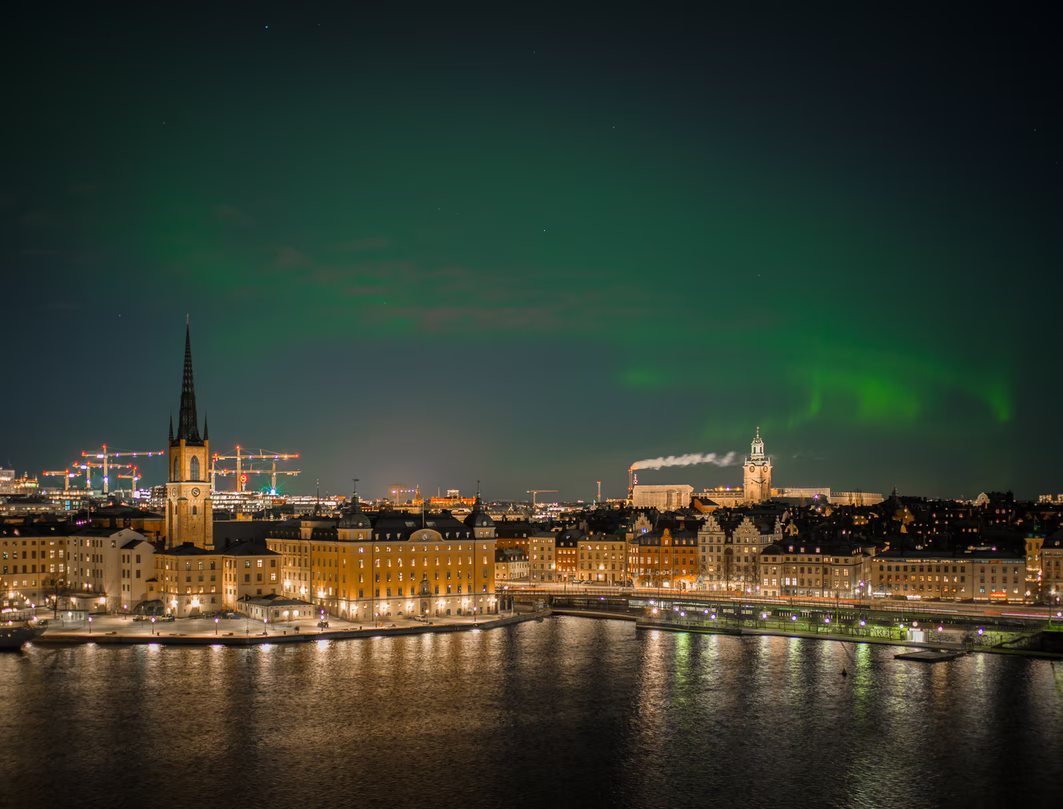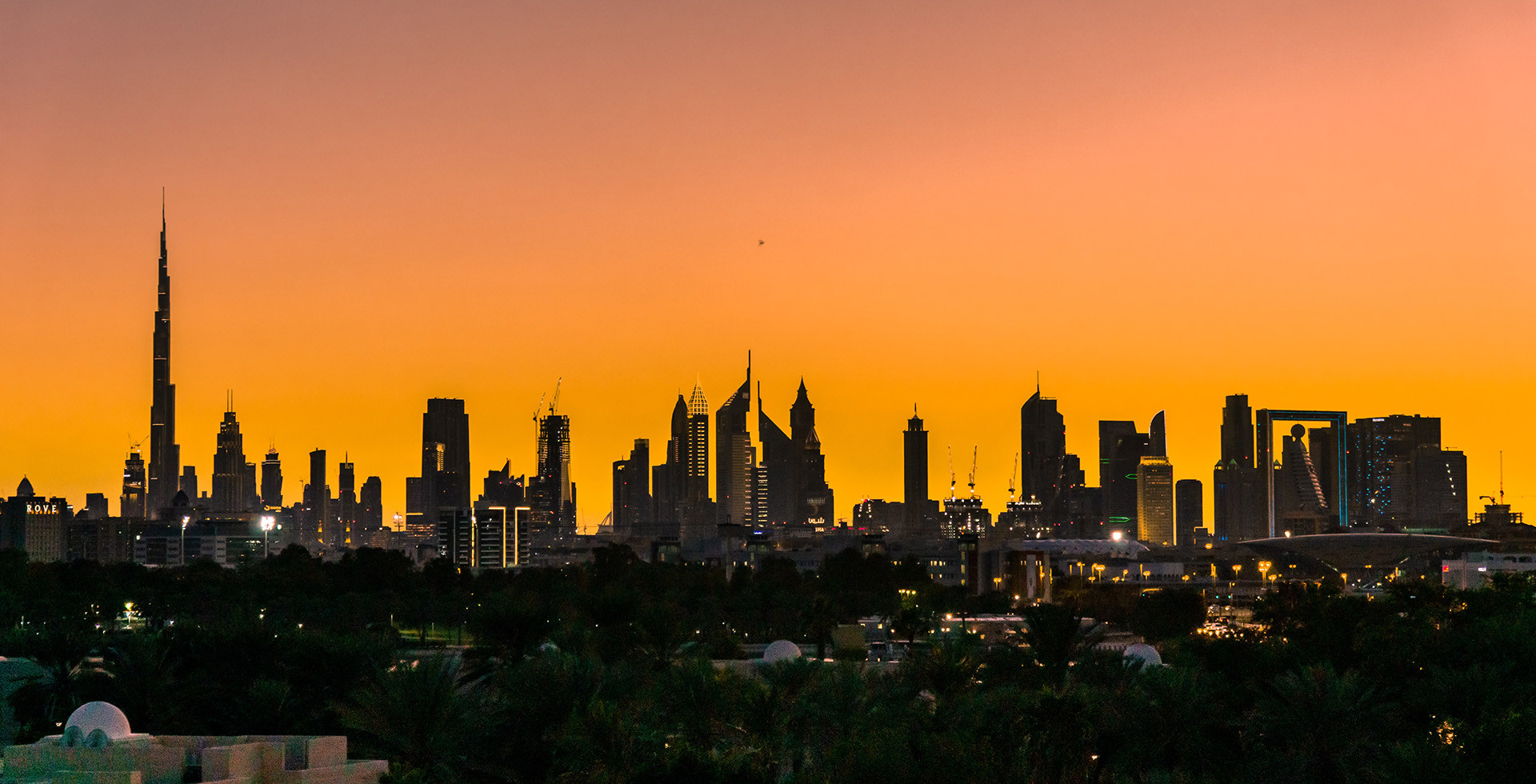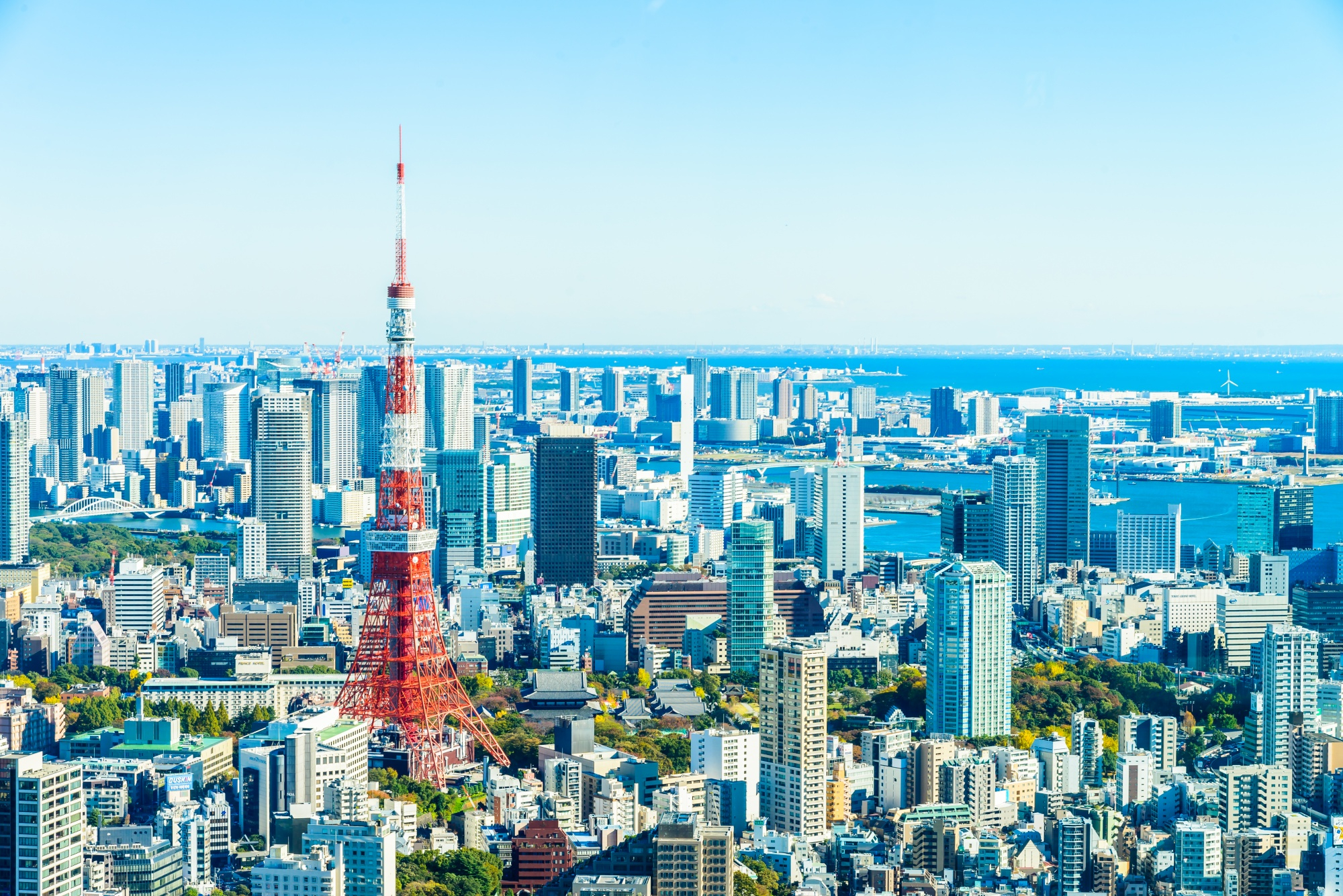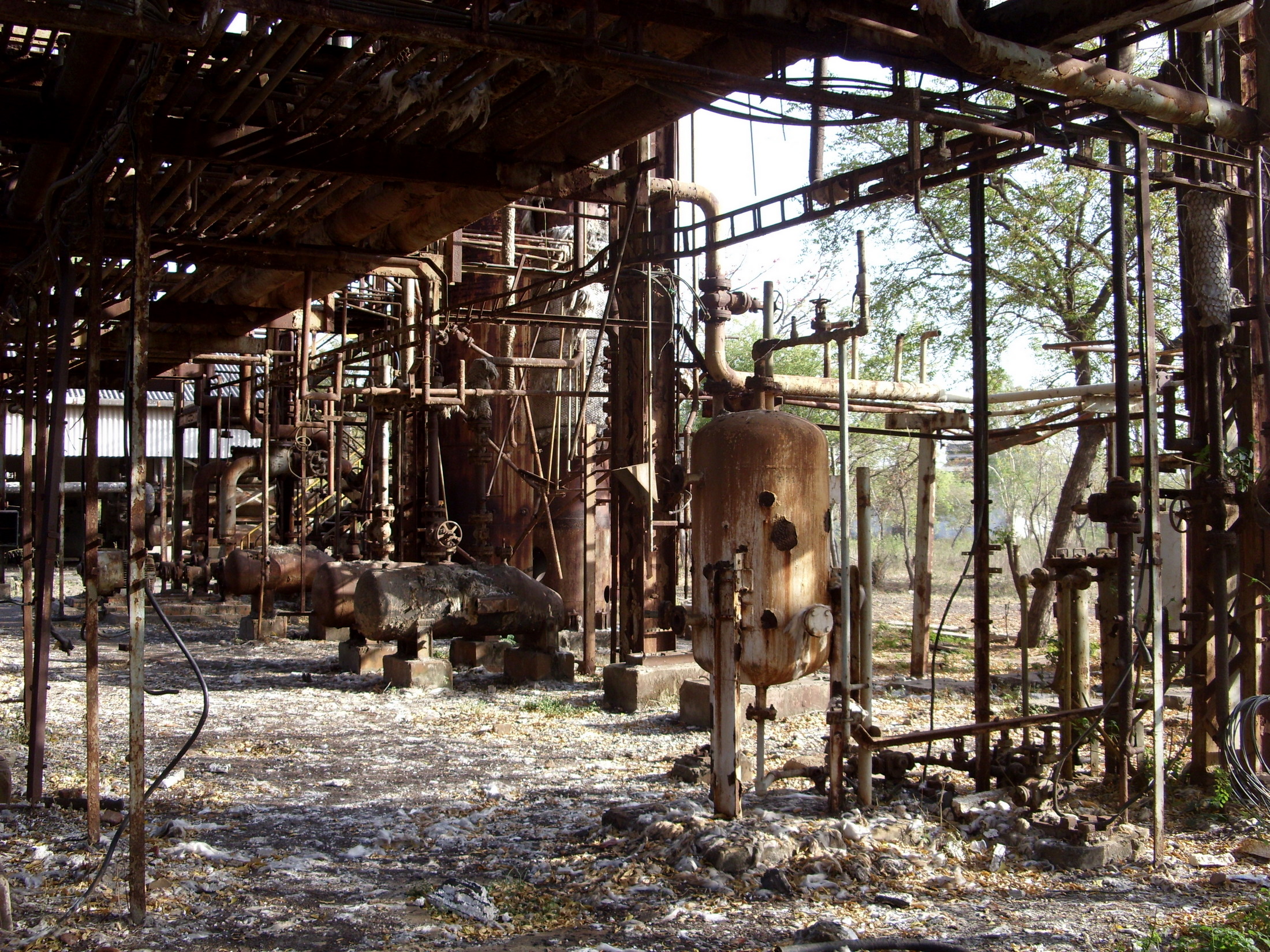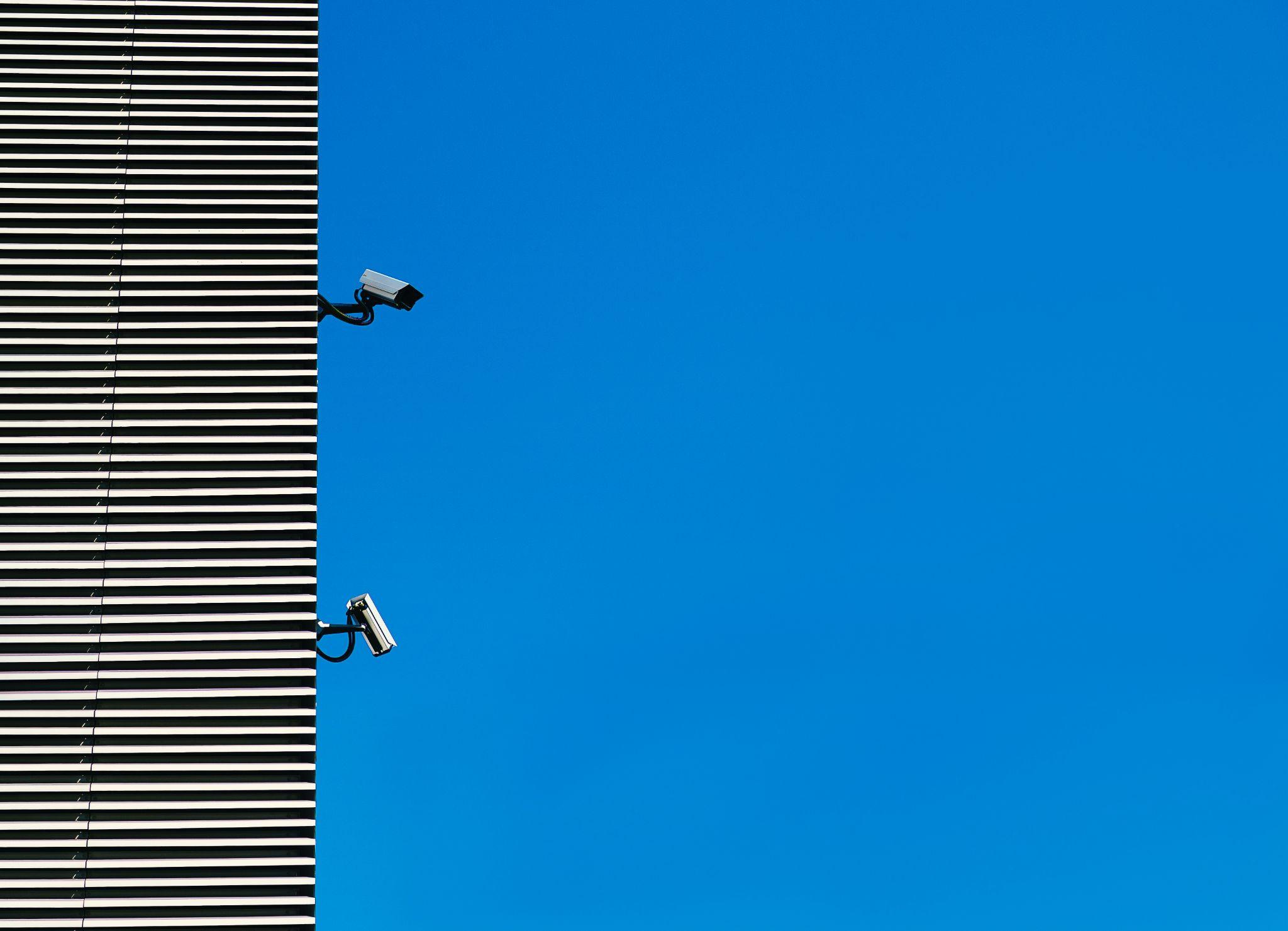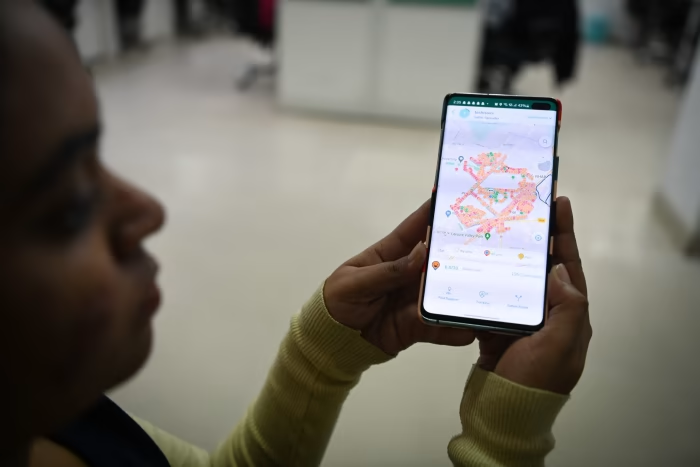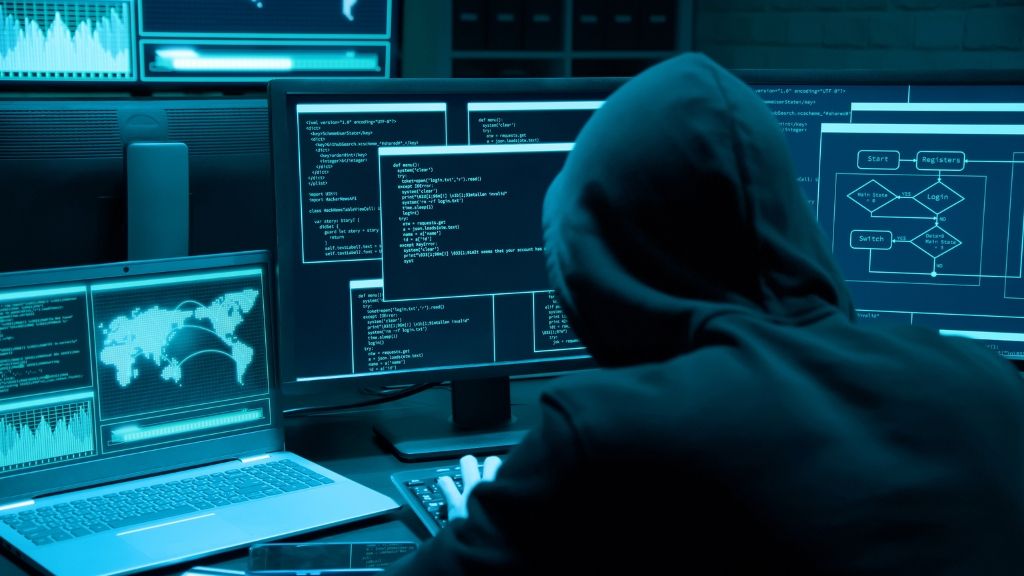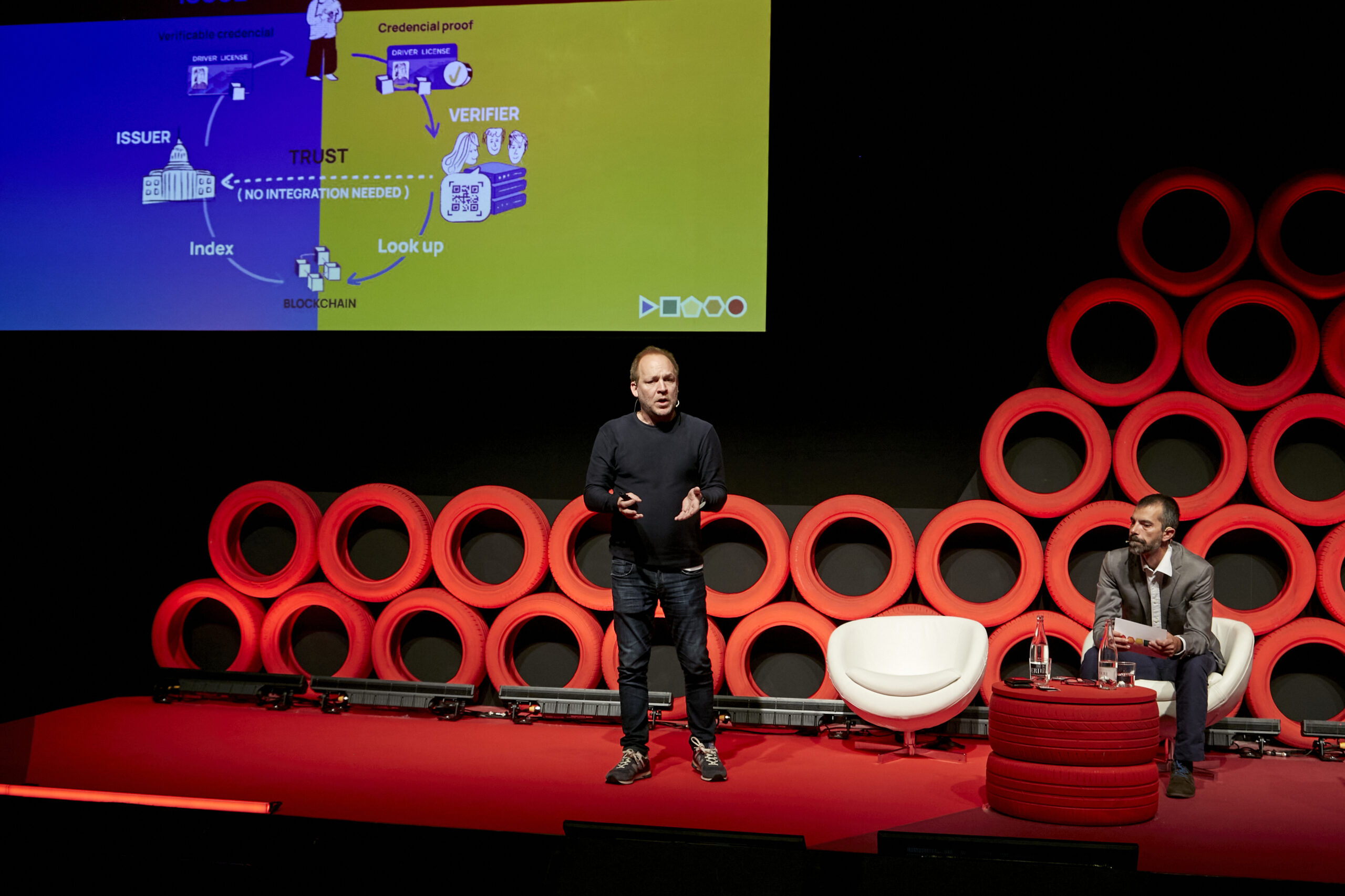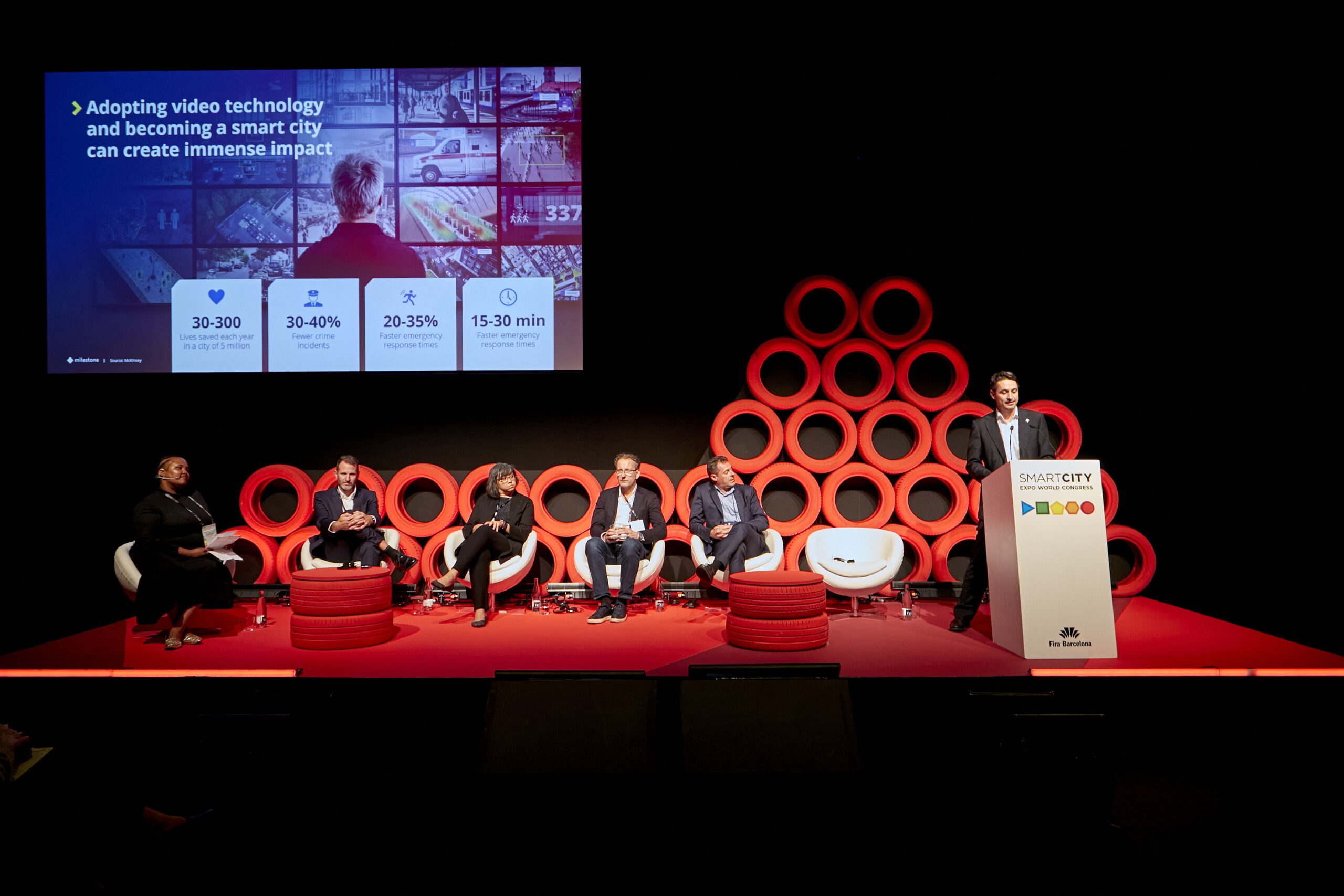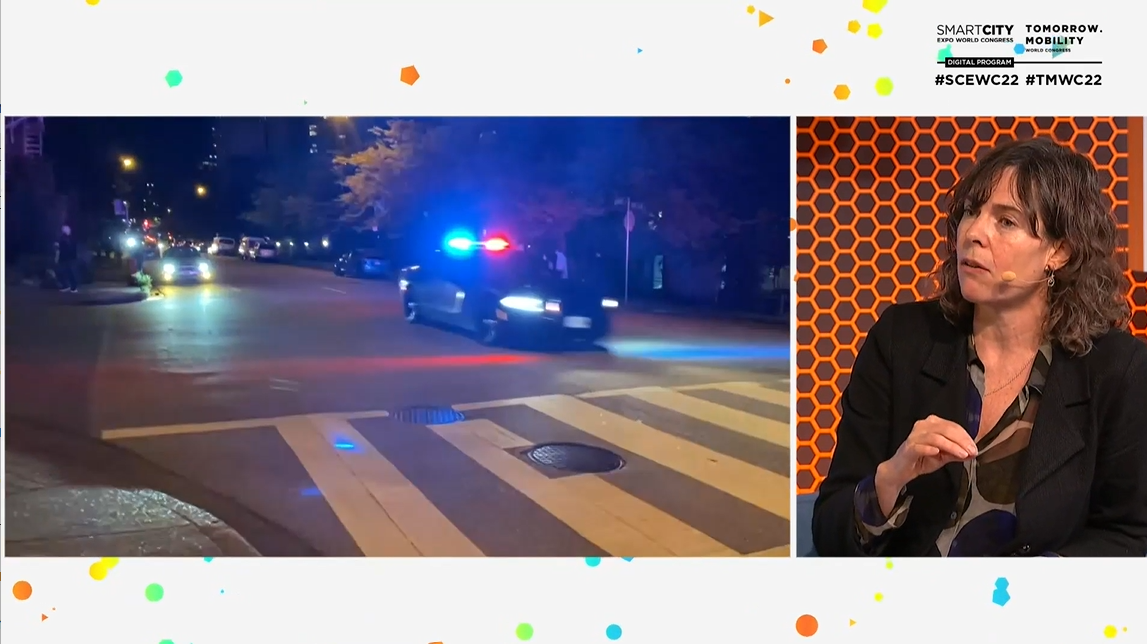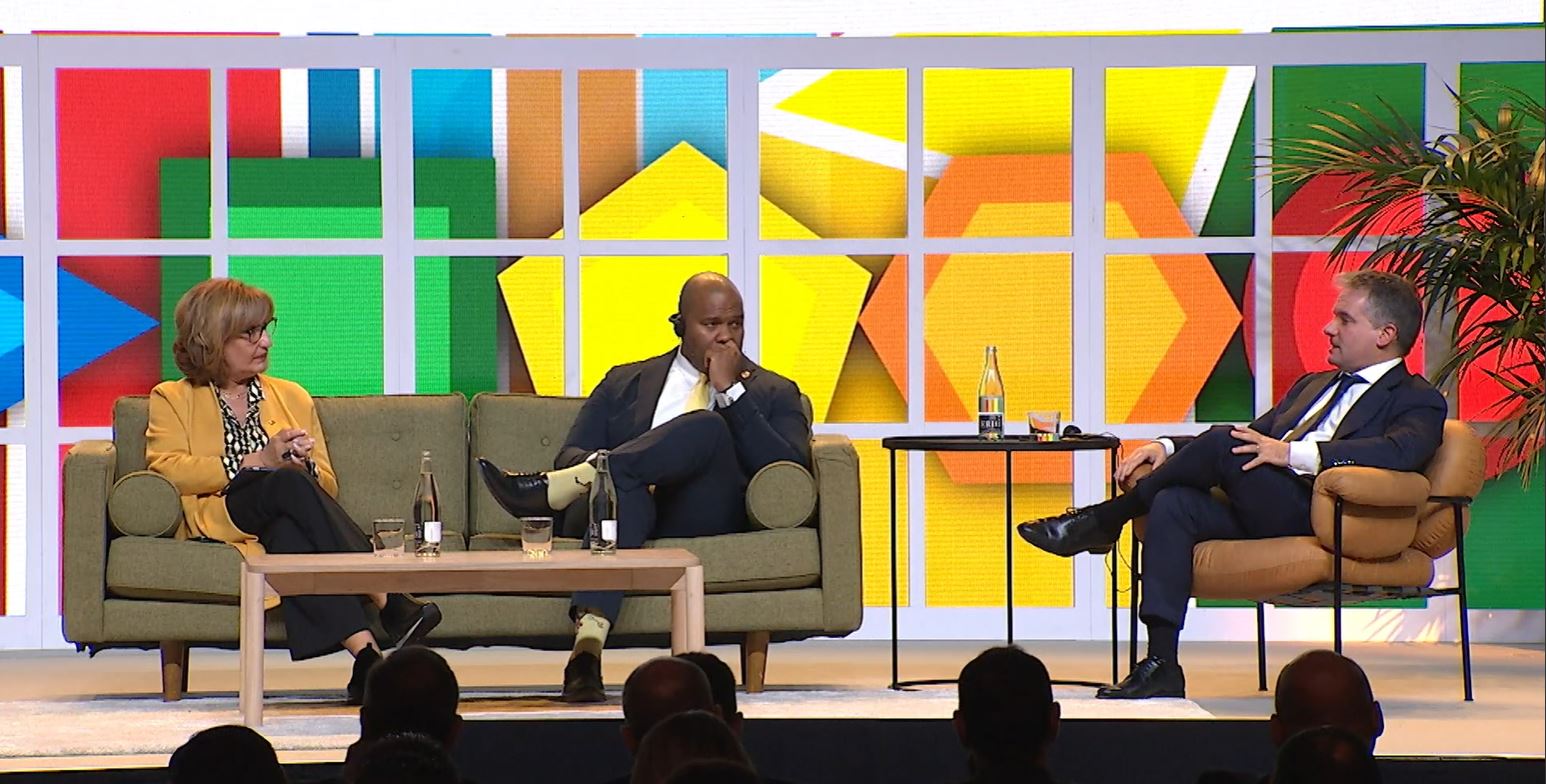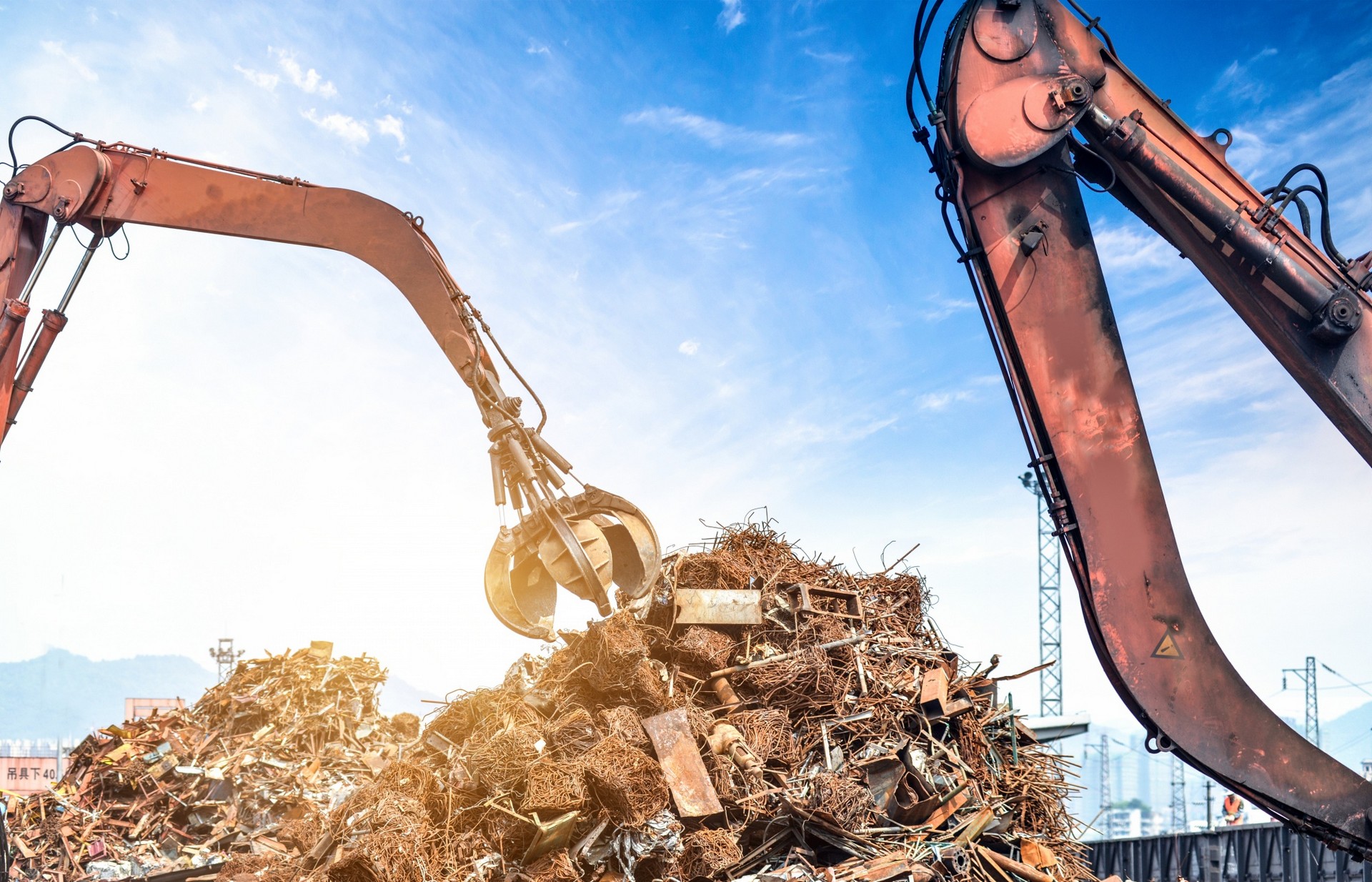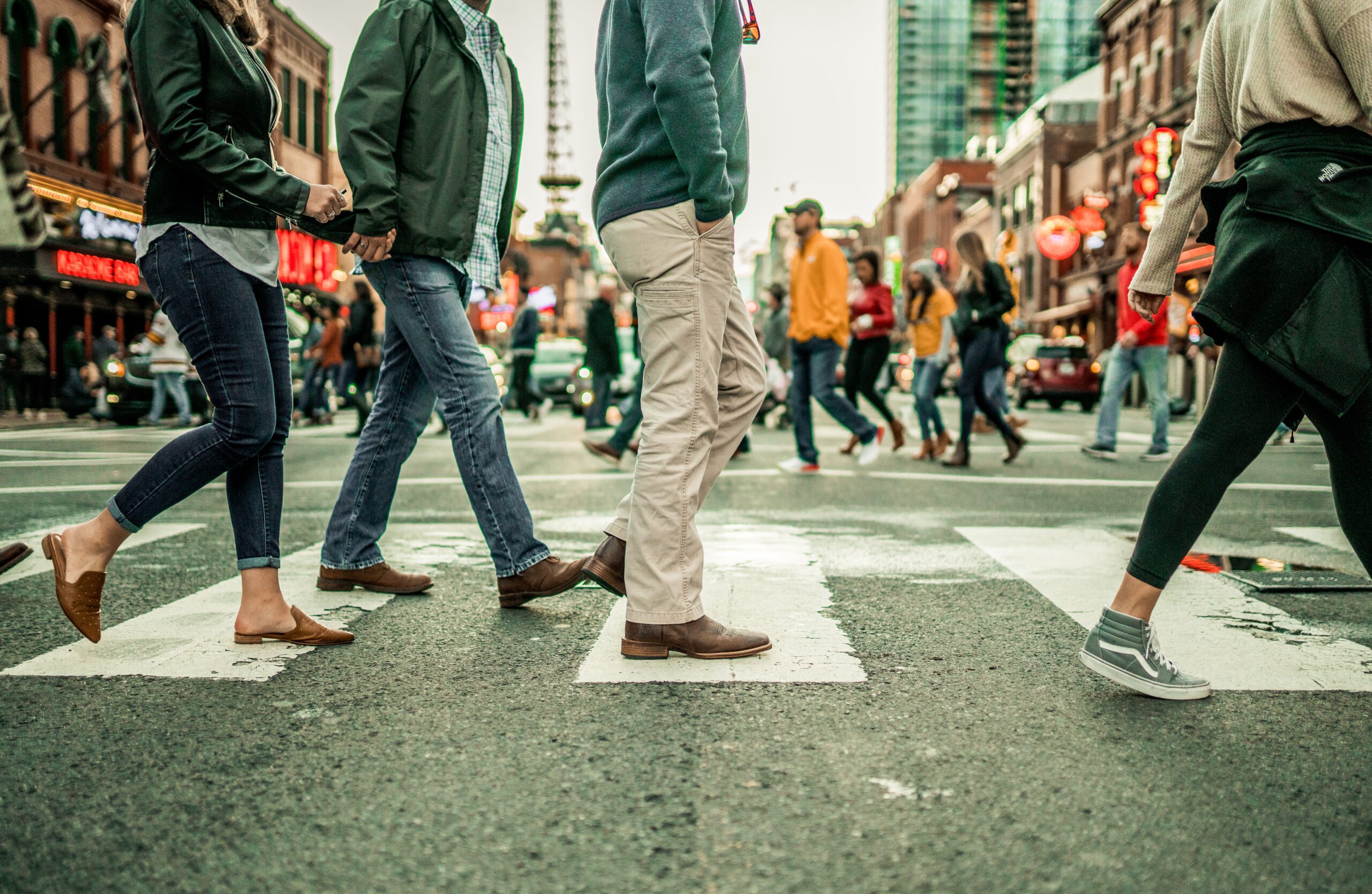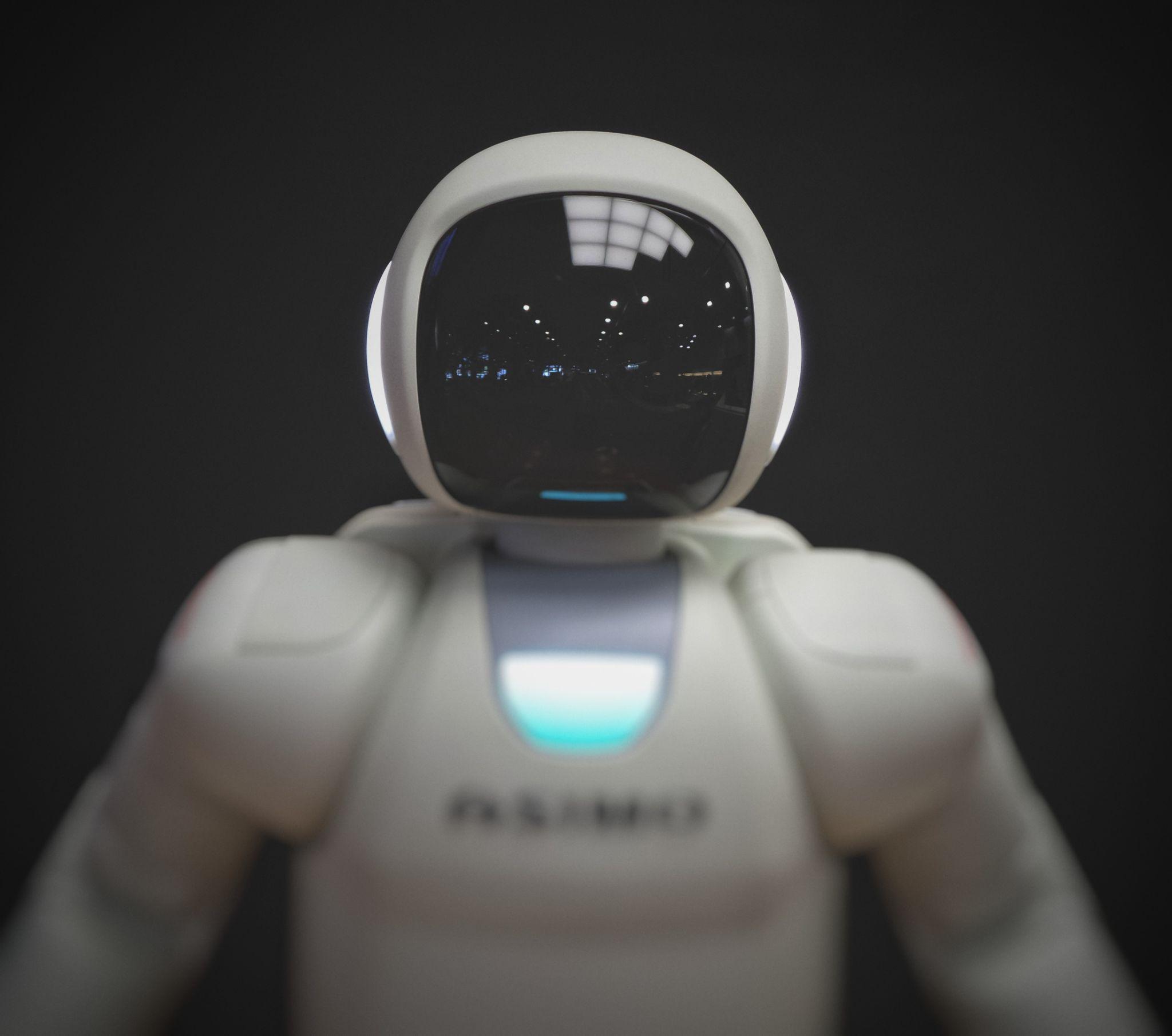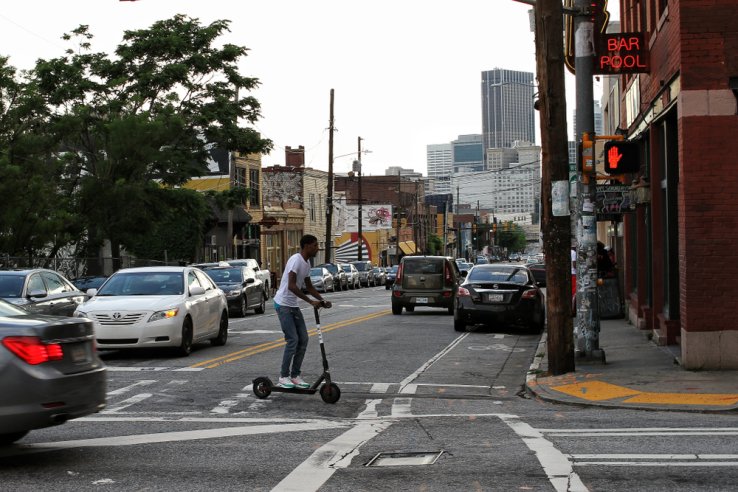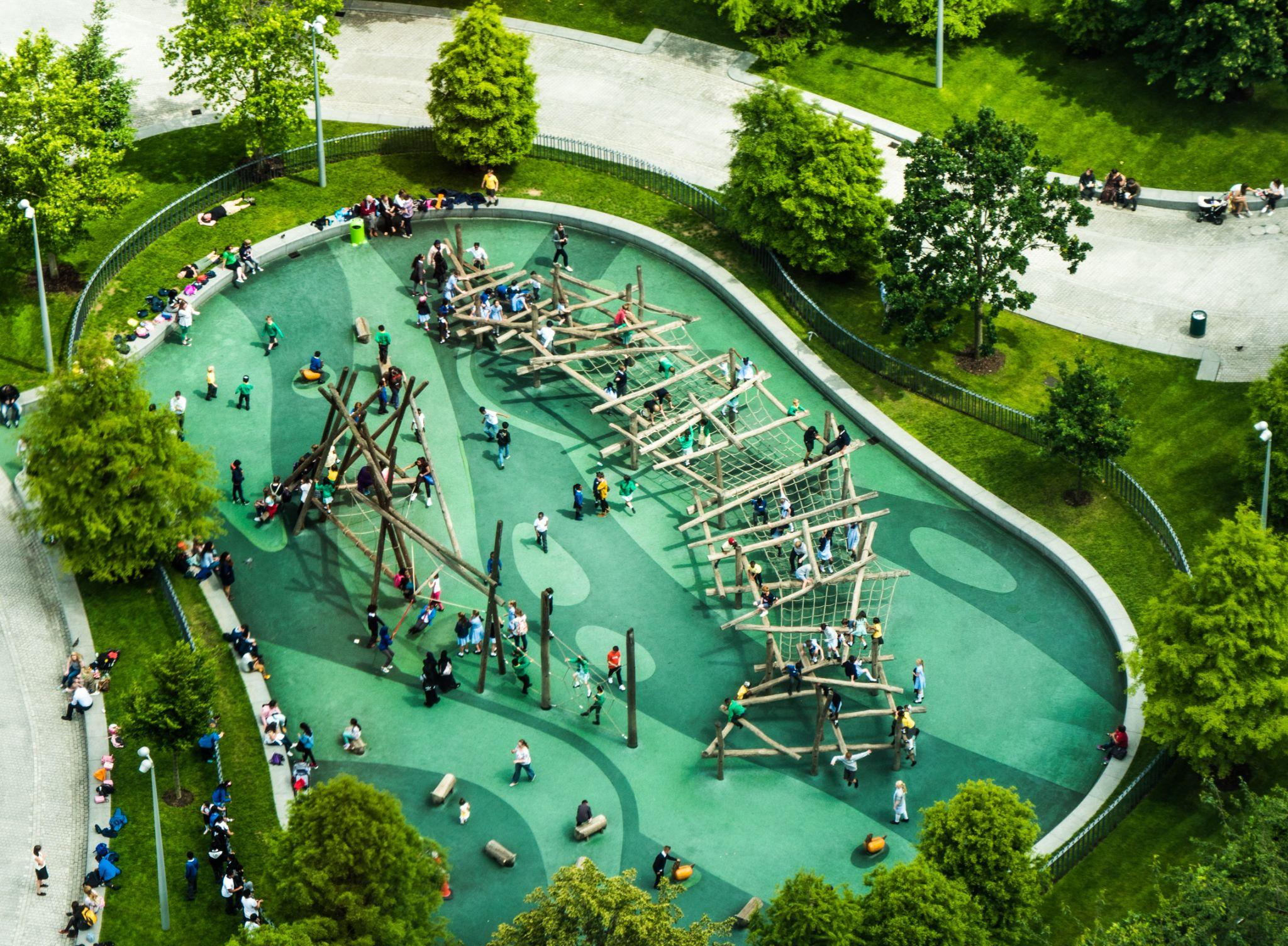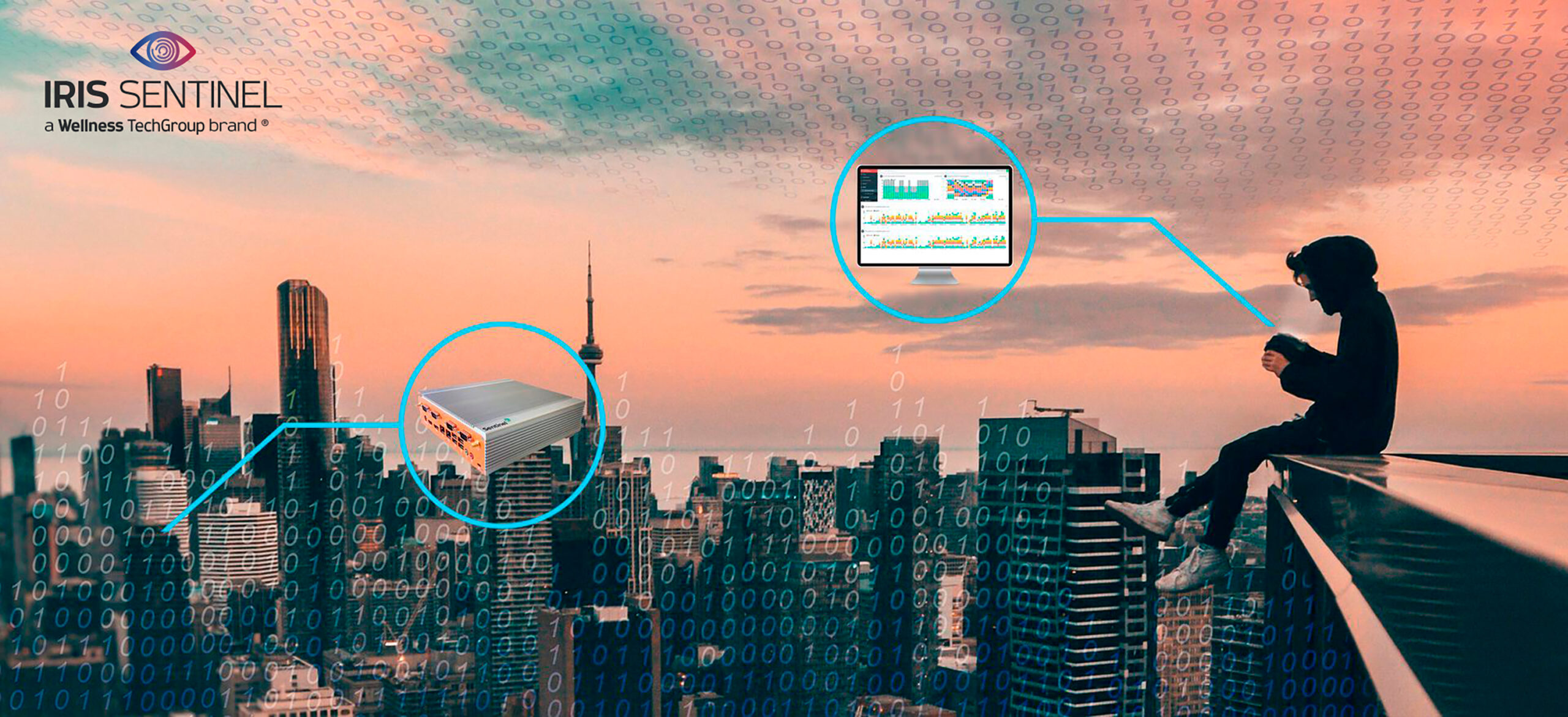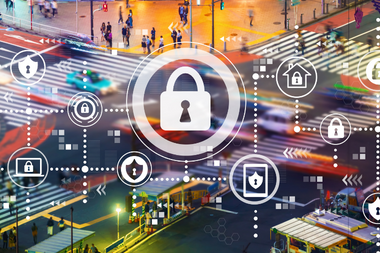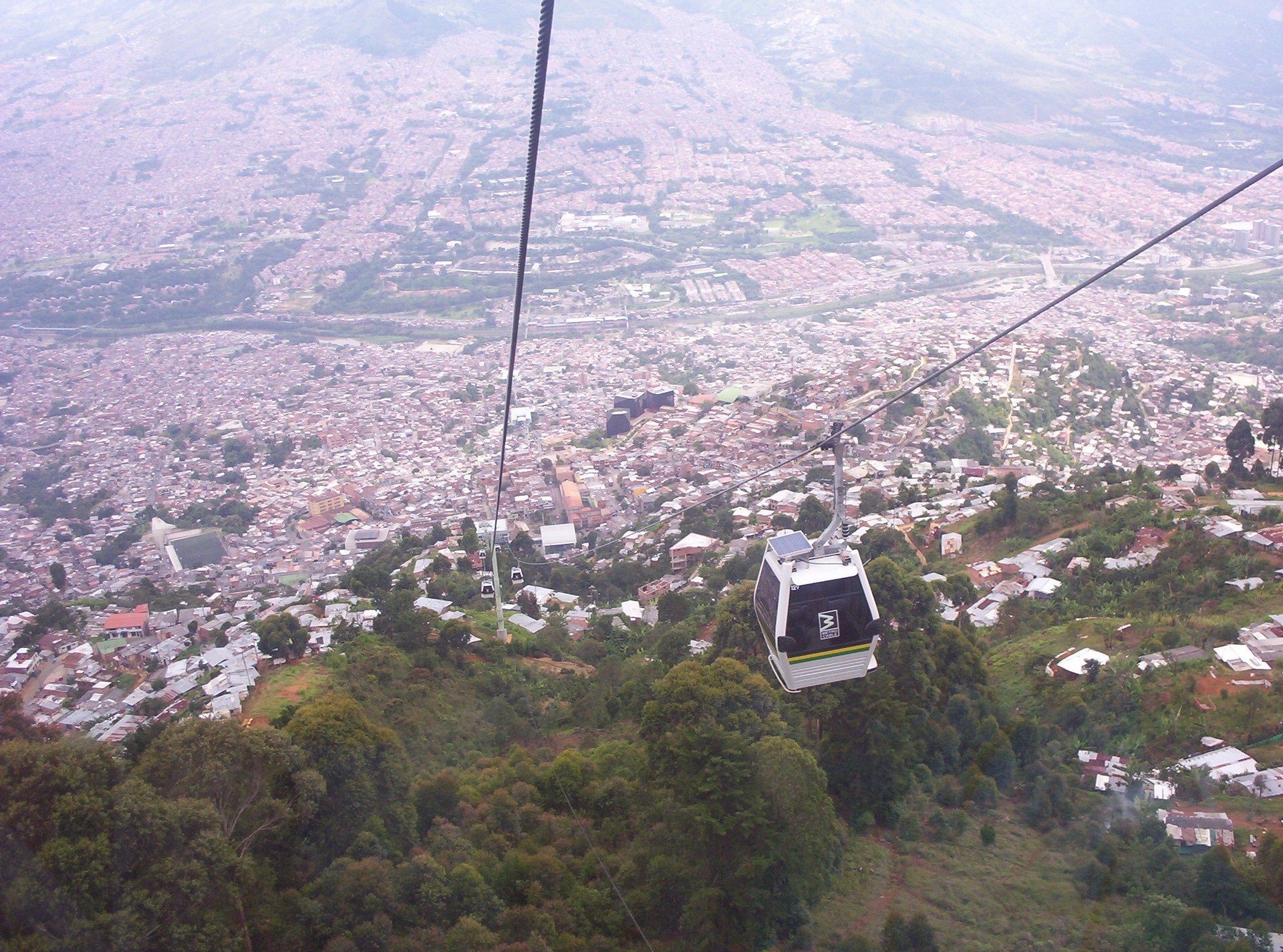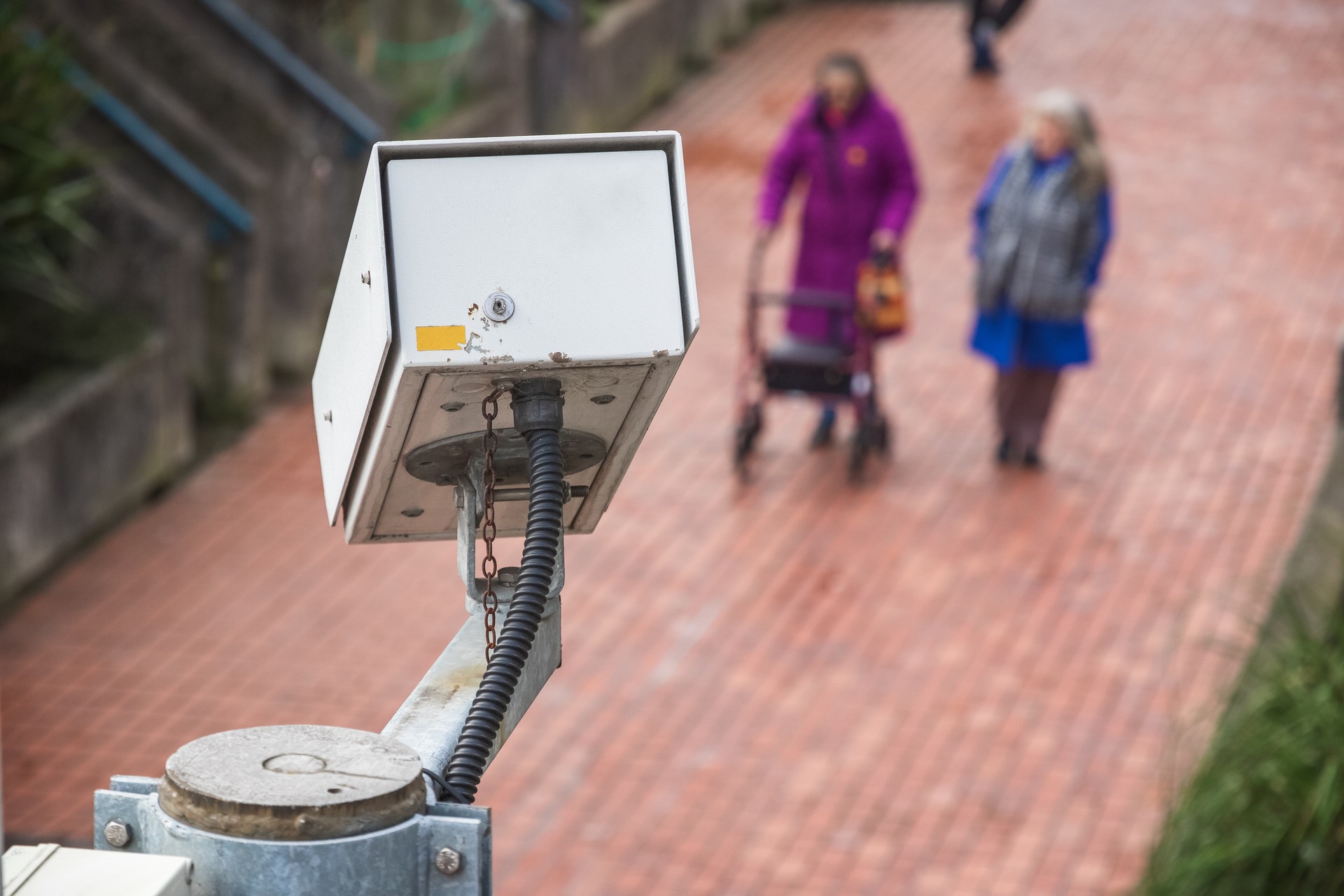Author | M. Martínez Euklidiadas
The threat of a solar storm looms over the technological lives we have become accustomed to. But, how would it affect cities? Unlike less technological towns connected to local food networks within human distances, the greatest challenge would be feeding the urbanites. Although, in the long term, everyone would be affected. Assessing the potential impacts of a blackout and the impact of solar eruption activity is essential for effective emergency management, but it is important to maintain a calm mindset.
What is a solar superstorm?
A solar storm is a relatively frequent event in which a solar geomagnetic storm interacts with the earth’s magnetic field. This phenomenon may be caused by a solar wind shock wave, or by a coronal mass ejection (CME). A solar superstorm, which is less frequent, is a particularly violent case of the latter.
What is the danger of a solar flare?
A coronal mass ejection, also known as a solar flare, is dangerous outside of the planet because it is a radiation and solar wind wave (charged particles). Without the electromagnetic fields that protect our planet generated by the metal fluid inside the planet when rotating, this ‘impact’ is deadly. But sometimes its effects are even felt on Earth.
It is important, however, to stop and think about the probabilities of one of these flares impacting us. Firstly, the Earth is located 150 million kilometers from the Sun, and for something like that to reach us, the ejection would have to coincide with our path, which the planet would have to cross just as the ejection reached it. This is unlikely, but not impossible.

What would a solar storm do to our cities?
A solar storm could cause electrical damage comparable to a general blackout, and a total Internet outage. Although they are interdependent, they are treated separately because the system would affect both and both systems would need to be partially rebuilt.
Obviously, cities are particularly vulnerable. Without electricity there is no internet, but right now, without the internet there is no electricity either. The restoration would need to be conducted simultaneously, and by areas, by qualified technicians, and it would take time.
A total blackout across a city in which telecommunications hardware needed to be changed every few hundred meters, would result in the collapse of mobile networks. Fixed networks would be less affected as they are underground and they would be easier to repair in the event of a failure. If just one city was affected, the blackout caused by the solar storm would be minor.
The problem, of course, is if the blackout simultaneously affects neighboring cities or dozens of megacities. Imagine Central Europe, or the east coast of China, places in which large numbers of people live in close proximity and, more importantly, have few spare parts for the damage caused. In addition to the loss of agriculture or livestock production together with people, the impact could be tremendous.
Apart from the complexity of providing hospitals with basic supplies, feeding cities would be the biggest short-term challenge. The good news is that there is enough canned food on the planet to meet the demands of the region that was ‘left in the dark’. The problem would be transporting it while the network got back up and running. The worst case scenario is a global blackout.

The effects of a solar storm
Starting with general impacts and moving towards more specific terms, an approximate list could be made of the potential damage that could be caused by a solar storm. The consequences of a major solar eruption would be felt in many diverse areas. Under the broad umbrella of power and communication network collapses, numerous specific forms of damage arise, each with distinct consequences on everyday life.
For example, satellites would cease to function. This would lead to a communication blackout. Many areas depend on satellites to access the internet or make phone calls, but this failure would also result in an information blackout. Satellites are utilized in various fields, such as defense and meteorology, and the data they provide are essential for national security and weather forecasting. A similar situation would occur with radio communications, which could be disrupted and potentially lead to a complete blackout in the most extreme cases.
Power grids, prior to a complete blackout, could experience voltage control problems or false positives in the emergency systems that manage them. An indirect problem would be power surges, as unprepared infrastructure could experience fused elements, increasing the risk of blackouts.
In the most extreme cases of solar radiation, the consequences could even impact human health. When radiation levels increase, the risk to human health also rises, particularly at high latitudes (for example, passengers and crew on flights). Before this happens, it is important to consider that even mild impacts on power grids or the internet would affect the people who depend on these infrastructures. Technology has revolutionized the health sector in recent decades, solving problems that often had no solution. The downside is that a technology blackout leaves these individuals in a precarious situation.
Although these issues would have a global impact, affecting both cities and rural areas, the effects would be more pronounced in urban environments. Since cities contain large populations, the number of people affected would be significantly higher.
Is a solar storm on its way?
The best response to cyclic cataclysmic events is to imagine that ‘danger is on its way’. Whether it is a profound drought, a devasting meteorite, a solar storm or a pandemic, the danger is always ahead. However, it is worth minimizing by looking at the probabilities: the fact that something is going to happen does not mean it is going to happen soon. So, is it on its way or not?
Yes, a solar storm will occur in the future, but we do not know when. There was a major solar storm in 1859 (as shown below) and it affected part of the telegraph network. The last one was in 1921, causing some fires in telecommunications systems, but nothing serious.
What would happen if there was a solar storm

When assessing the probabilities or discussing potential outcomes, we should not limit our focus to superstorms alone. Therefore, considering what would happen in the event of a solar storm is not a rhetorical question or science fiction material, but rather a pragmatic concern. A solar eruption is a real phenomenon, and its effects do reach our planet.
In 2003, there was a geomagnetic storm, which didn’t trigger a blackout in cities, and in the spring of 2024 another is occurring. It is the most intense of recent years. “The energy sector establishes plans for a series of events that occur across the universe, including space” Ross Eaton, spokesperson for the Power Grids Association, assured the public when scientific entities notified them of the imminent solar activity.
What was the Carrington event?
On September 1, 1859, the ‘Carrington Event’ occurred, which takes its name from Richard Carrington, an astronomer who observed the solar eruption and associated it with a geomagnetic storm for the first time. Weeks earlier auroral displays had been spotted at low latitudes, there were some failures in the telegraph systems in Europe and North America.
Although there were some fires because the electrical systems caught on fire (charged particles from the Sun caused short circuits and discharges), the truth is that the primitive state of electrical technology at the time meant the phenomenon had little effect. Remember that the most reliable way of sending information was by post. Today, the consequences would be different.
Are we prepared for a future solar eruption?

We are not living in the telegraphic era of 1859 or the copper era of 1921. Now everything depends on the internet and electrical fluid (both independent) and our communications technology is a mixture of fiber optic cables, satellites and radio connections. The problem? A superstorm could render many of these systems inoperable, according to a recent study entitled ‘Solar Superstorms: Planning for an Internet Apocalypse’.
That said, it is important to point out that a solar superstorm would not ‘fry’ the entire telecommunications infrastructure in any way. Firstly, some solar storms barely last a few hours. The world’s cities occupy just 2% of the Earth’s land, therefore only a very small part of the population would be seriously affected in this case.
In addition to this, part of the underground cables are protected from solar events given their depth, and the fact that we currently have the technology to launch constellations of satellites in weeks if we have fuel for rockets. The coverage would be low, but at least there would be some. And, bearing in mind that the economy is more thermal (combustion) than electric, many systems would not be affected. A solar eruption would not necessarily thrust the planet and its cities back to the Middle Ages.
In the worst case scenario, the superstorm would last for months and would reduce the telecommunications infrastructure to zero. According to recent estimates included in the article above, it would take months or years to return to ‘normality’. Because the longer the world is disconnected, the longer it will take to reactivate it because of tis interactions.
A scale of severity

Of course, a superstorm would be the most catastrophic scenario. Solar activity varies in intensity, and the impacts of solar eruptions range in severity.
The National Oceanic and Atmospheric Administration (NOAA) has a series of scales for geomagnetic storms and solar radiation storms, which establish different levels, ranging from extreme, to strong, to minor. A minor storm typically causes grid fluctuations or slight disruptions in the operation of satellites and radio waves. To the human eye, their effects can be observed through changes in animal behavior and by watching the sky at night. This is when the northern lights can be seen at latitudes where they are not usually visible.
This is precisely what occurred during the most recent episode: the northern lights were visible in areas of Europe and North America where they are not typically seen. Auroras are one of the effects of an ongoing geomagnetic storm. The NOAA has already identified an impact on power grids, recording irregularities as a result of the 2024 episode, and noted disruptions in high-frequency communications and a decline in GPS quality.
To a certain extent, it is possible to prevent the effects of solar storms. In 1989, Quebec experienced a blackout that lasted for hours as a result of solar activity. This experience served as a lesson for the Canadian public administration, which has since allocated millions of dollars to protect the transformers. They focused their strategy on these infrastructures, as they are fundamental components of the power grid and a common source of collateral damage in such situations. Protecting them will reduce potential risks.
Is there an awakening after a major blackout?
In the worst possible conditions and considering months or years of blackout, it would not be easy to restore civilization. Cities would be unable to feed the population and would turn into violent and deteriorated environments. Smaller towns would be affected too, after numerous waves of urban migrants in search of something to eat. Without technology, famine is guaranteed.
The talent required to restore the electrical system may not exist, either through death or displacement, therefore, reconnecting everything as it was before would take much longer. As was the case with the pandemic, state management would be an essential tool, although work has been conducted for years to minimize the damage that could be caused by these scenarios.
Images | Micael Widell, NASA Earth Observatory, Michael Schaffler, Petr Magera, Cole Marshall, Greg Rosenke
